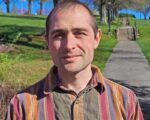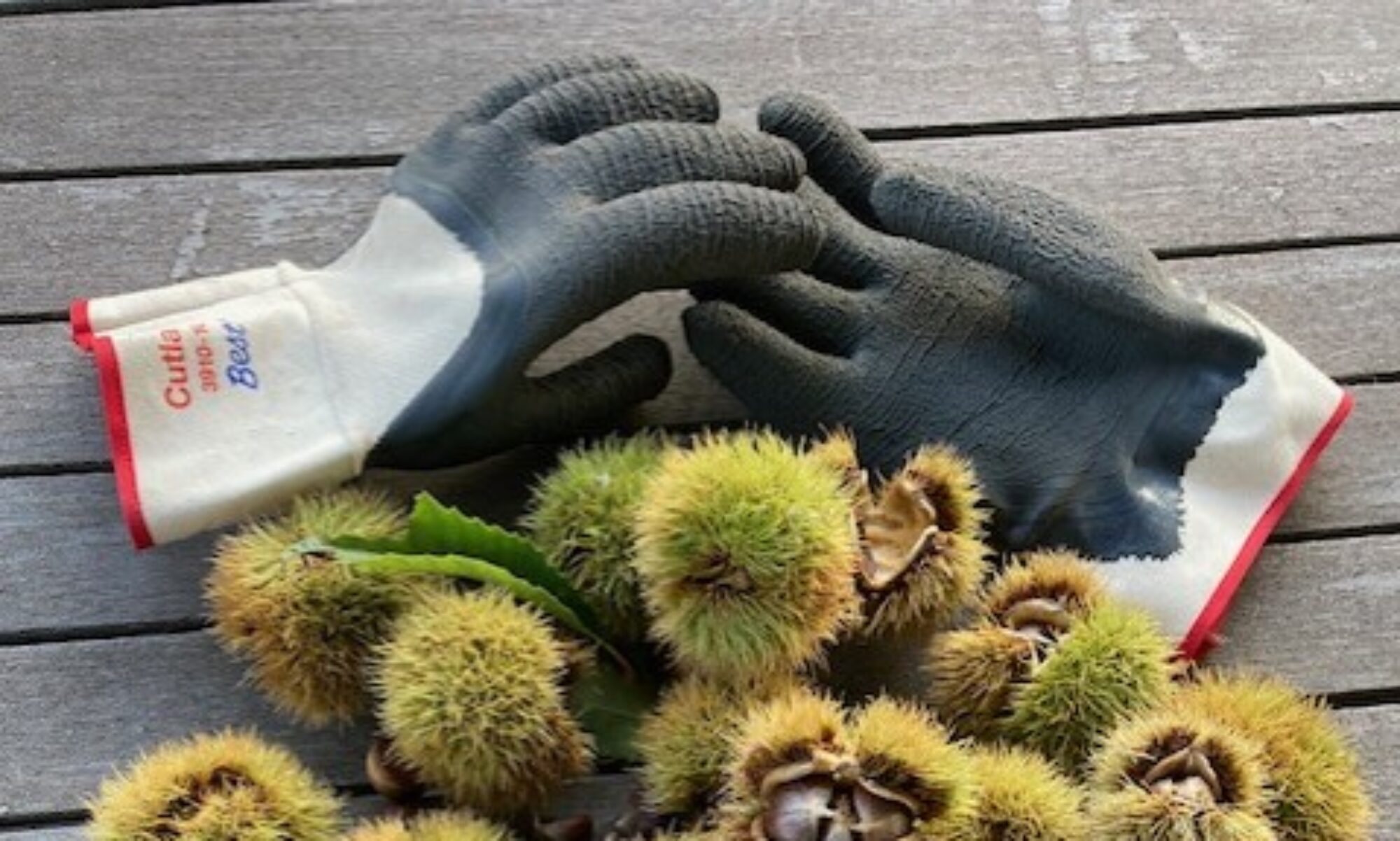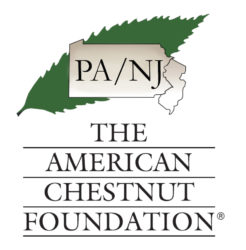
Dear Fellow Members of the PA-NJ Chapter,
It has been a year of little victories despite some challenging weather and a change in focus for our organization. We harvested about 5,600 chestnuts from the Kelly x Amhurst and over 1,000 chestnuts from the Timber-Type orchard at Codorus State Park this year: a record. This was possible through the help of many volunteers led by Jay Brenneman, the cooperation of PA DCNR, and with the aid of bucket lift. We also had a bucket lift at the Arboretum at PSU where we harvested over 12,000 backcross chestnuts, and over three hundred first generation recurrent genomic selection (RGS) chestnuts from controlled pollinationsWe also brought in over 4,400 wild type American chestnuts, with many from Dan O’Keefe and the good folks at Tyler Arboretum. I am looking at just over 25,000 chestnuts in the fridge humming next to me in my office as I write this.
The year was not without challenges. Early on, it became apparent that yours truly could stand to learn a thing or two about controlled pollination, and only the experience of fellow chestnut people can account for the number of RGS chestnuts that we produced this year. A warm spring and a dry summer also created chaos. For the first time in memory, the wild chestnut harvest in central PA did not peak on October 1st, but rather, a week or so earlier. Other members saw the same in their area and confirmed that they could not remember it being this early. Each tree had its own response to the severe drought at the Carbaugh orchard in Danville, PA, where one tree produced tiny nuts the size of my pinkie fingernail and another refused to open its burs. I am interested to hear your stories of how it went this year.
In our TACF community, we are drawn to stories of the American chestnut and the people who came before– who’s shoulders we stand on as we continue to restore this tree to the forest. It is important to remember this as we transition to a new breeding model based on RGS. We are at a transition point where breeding work at the chapter level is essential to moving forward, perhaps as much as it was in the early days of the chapter. Working with the board, I hope that we will be able to emphasize some of the legacies that we stand on and share our excitement for the future of the breeding program at the spring meeting in 2025. I look forward to seeing you there.
Sincerely,
Lake

